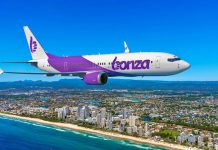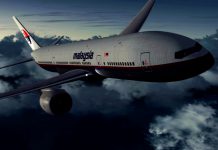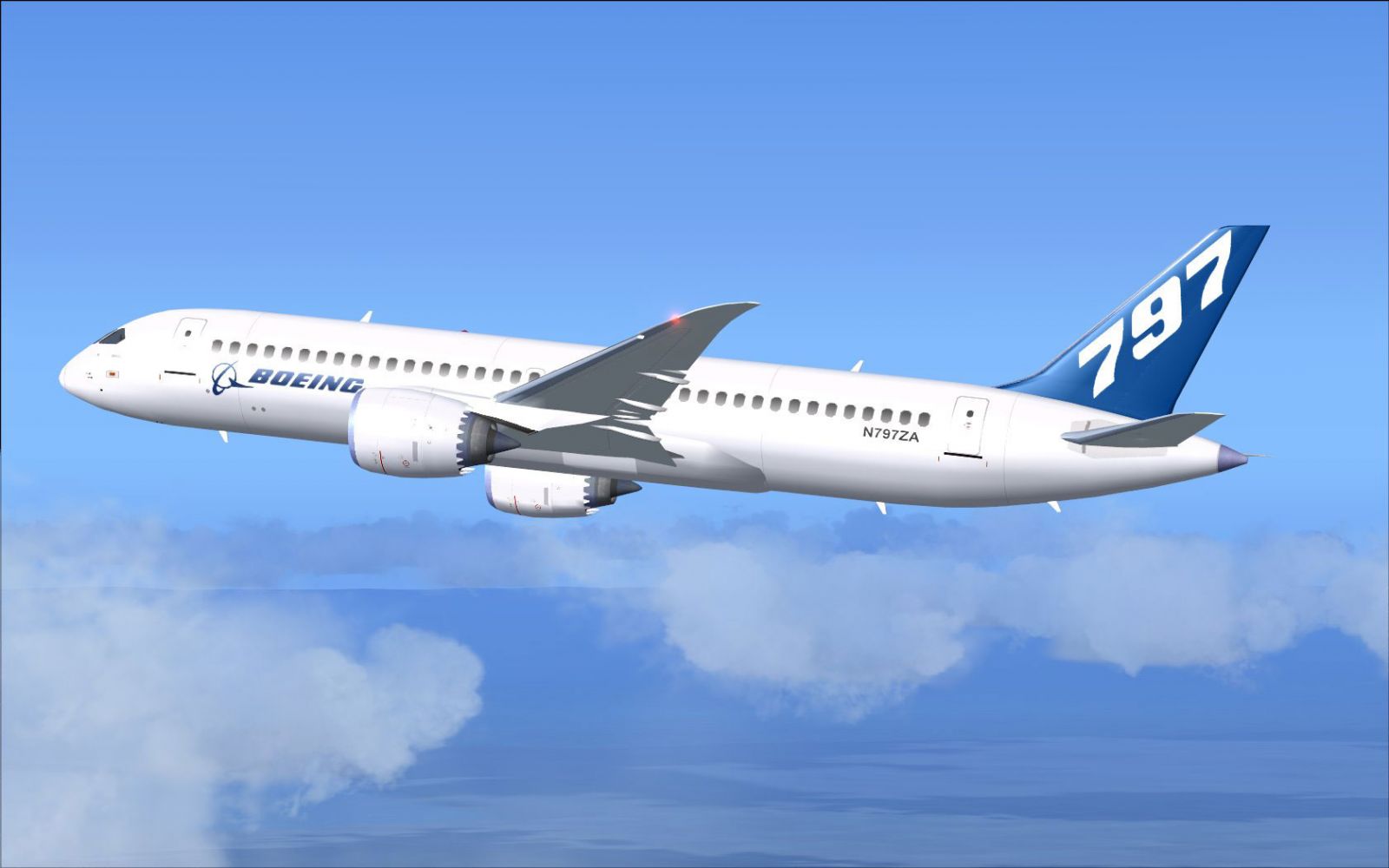Boeing will launch the New Midsize Aircraft (NMA) or 797 suggests one of the world’s leading aviation analysts New York-based Bernstein.
In a special report, Commercial Aircraft: Demand, MAX, NEO, engines, widebodies Berstein says “we expect it will be launched, although no decisions should be expected before resolution of MAX issues.”
“Boeing’s New Midsize Airplane (NMA) appears to still have significant momentum toward launch despite the fact that we do not believe there is complete agreement within Boeing.
SEE our fabulous photo galleries
Berstein says there is considerable interest from airlines for the twin-aisle 240-270 seat aircraft. In fact only last month Delta Air Lines CEO Ed Bastian told Bloomberg that his airline wants 200 to replace its 757 and 767s.
Bernstein said: “We continue to find substantial customer interest in this model for a variety of routes, but pricing will be a major issue. The ingoing position of most airlines has been that Boeing should price the NMA at a level comparable to the A321XLR, even though the airplane would be much more capable. We see that kind of pricing as a non-starter. But, we also do not expect airlines to start from anything but a low price position in this process.”
However, on the upside, Bernstein says that Boeing has made major gains on the production side. “We understand that Boeing believes it can produce the airplane at a significantly lower production cost (e.g. 20% lower) than prior models because it has become much more sophisticated in manufacturing composite aircraft based on its 787 experience.”
But some words of caution from Bernstein: “Still, the ability to produce an all-composite aircraft at a higher rate is new territory and is a key source of risk. Our understanding is that Boeing continues to target a 2025 EIS, which we believe will be a challenge. The development program’s momentum continues, but we are concerned that the focus of senior management on MAX issues may be slowing decision-making and, hence, slowing the path forward.”
The massive appeal of the 797 will be its passenger cross-section of 2-3-2 with huge overhead luggage bins which will put an end to the economy crush.

The 797 will be a made of a composite material like the 787 and it will be able to economically connect hundreds of new non-stop routes between smaller cities.
Last year Boeing moved one of its top engineers, Terry Beezhold, to the program signalling that it is very serious about the aircraft.
Mr Beezhold has had lead roles in the 787 and was project engineer on the ultra-long-range 777X, which will fly next year.
And earlier this year Boeing moved 787 veteran, Mike Sinnett to lead the development.
Boeing has defined two versions – the NMA-6 (797-6) with 228-passenger, 4,500nm (8,300km) and the NMA-7 (797-7) which would seat 267 in two classes with 4,200nm range.
The 797-6 would be launched first, followed by the larger 797-7. The range appears to be closing in on 4,500 nm (8300km). This range allows it to do the vast majority of routes that Asian airlines currently fly with A330s as well as most interesting trans-Pacific routes and all trans-Atlantic routes.
By not pushing the range further, the 797 will have reduced structural weight and thus cost.
Boeing sees the market at about 5000 planes over 20 years. But others suggest upwards of 7000.
It sees the 797 as a stimulus to the market creating thousands of new routes thus new business.
The company says there are 30,000 city pairs currently not linked that would be perfect for the 797.
Boeing and its legacy company, McDonnell Douglas, both touted a similarly sized aircraft – 7J7 and ATMR – as early as 1980. However, at the time aircraft seating was more spacious and passenger’s carry-on very limited and airlines couldn’t make the business case.
Fast forward to 2019 and passenger seating is far more cramped and the demand for overhead space far greater than a single aisle capacity allows.
A 797 with a 2-3-2 configuration means passengers will have more room regardless of the seat pitch and the overhead bin space will be massive.
Another plus will be that boarding and deplaning will be much faster.
























